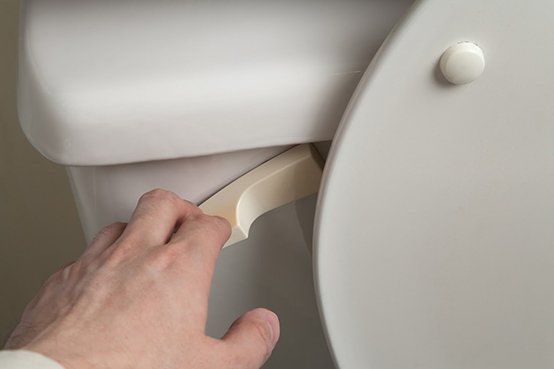PARAMOUNT SURGERY CENTER LLC
Call Us Today! (502) 893-7744
Barrett's Esophagus | Kentuckiana Gastroenterology

After years of dealing with a number of gastroenterological symptoms, you've decided to visit a gastroenterologist to determine the cause and find some relief. One of the potential diagnoses is a condition called Barrett's esophagus.
Here are the answers to a few frequently asked questions you might have about Barrett's esophagus.
What Exactly Is Barrett's Esophagus?
The esophagus is the long tube that carries food to your stomach and is lined with specialized cells called squamous mucosa. When a person living with chronic heartburn or GERD, gastroesophageal reflux disease, suffers constant damage to this squamous mucosa, the cellular structure of the lining changes and the squamous mucosa begins to resemble the lining of the small intestines.
This change is known as Barrett’s esophagus. Barrett's esophagus occurs over several years of exposure to stomach acids moving up from the stomach and into the esophagus.
Individuals with GERD or a hiatal hernia are at a higher risk of developing Barrett's esophagus. Other risk factors for developing Barrett's esophagus include:
- Smoking
- Obesity
- Age
Although rare, Barrett's esophagus places a patient at a higher risk of developing esophageal cancer.
What Are the Common Symptoms of Barrett's Esophagus?
The symptoms of Barrett's esophagus develop over several years, and often, they are mistaken for other common gastrointestinal issues, such as chronic acid reflux or GERD. Here are a few of the most common symptoms associated with Barrett's esophagus:
- Frequent heartburn. In addition to a burning feeling in the chest, frequent heartburn sufferers might also experience a metallic taste in their mouth and bad breath.
- Chest pains. The pain is typically caused by severe acid reflux or GERD. However, if you experience shortness of breath and dizziness in addition to chest pains, contact your doctor immediately.
- Trouble swallowing. Otherwise known as dysphagia, issues with swallowing occur when stomach acid damages the throat. The resulting scar tissue narrows the opening to the esophagus, which in turn makes swallowing difficult.
Unfortunately, many patients with Barrett's esophagus will have no symptoms and will treat their acid reflux, not realizing that severe damage is being done to their esophagus, which in turn makes their undiagnosed Barrett's esophagus even worse.
How Will My Doctor Diagnose Barrett's Esophagus?
After taking a thorough medical history, your gastroenterologist will perform an upper endoscopy and biopsy to diagnose Barrett's esophagus. Before an endoscopy, the doctor will numb your throat and give you a mild sedative to help you relax. An upper endoscopy involves placing a long, thin, flexible tube down the throat and into the esophagus.
The tube is fitted at the end with a small camera, which allows the doctor to navigate the esophagus, take a closer look at the lining of the esophagus, and take pictures and video of the affected area.
A biopsy of the affected tissue is taken and analyzed to determine if the cellular structure has changed. The tissue will be graded as having no dysplasia, low-grade dysplasia, or high-grade dysplasia. A dysplasia grading helps doctor determine if the cells in your esophagus are in danger of mutating and becoming cancerous.
How Will My Doctor Treat Barrett's Esophagus?
Treatment for Barrett's esophagus is dependent upon the severity of the symptoms and condition. For example, people with no dysplasia will treat any underlying conditions that led to the diagnosis of Barrett's esophagus, including GERD.
A patient diagnosed with low-grade dysplasia or high-grade dysplasia will also work with their doctor to control chronic acid reflux and might undergo additional procedures to remove any affected esophageal cells. For example, the gastroenterologist might recommend an endoscopic resection, which involves using a specialized endoscope to remove the affected esophageal tissue.
Barrett's esophagus is a common illness that should be monitored closely by a gastroenterologist. If you have any further questions, contact the professionals at Kentuckiana Gastroenterology & Paramount Surgery Center.
Kentuckiana Gastroenterology & Paramount Surgery Center
BUSINESS INFORMATION
Phone: (502) 893-7744
Email: gastrodoc@twc.com
Address: 1003 Dupont Sq. N Ste 9a, Louisville KY 40207
SOCIAL MEDIA
BUSINESS INFORMATION
- Mon - Fri
- -
- Sat - Sun
- Closed
By appointment only
PAYMENT OPTIONS

















